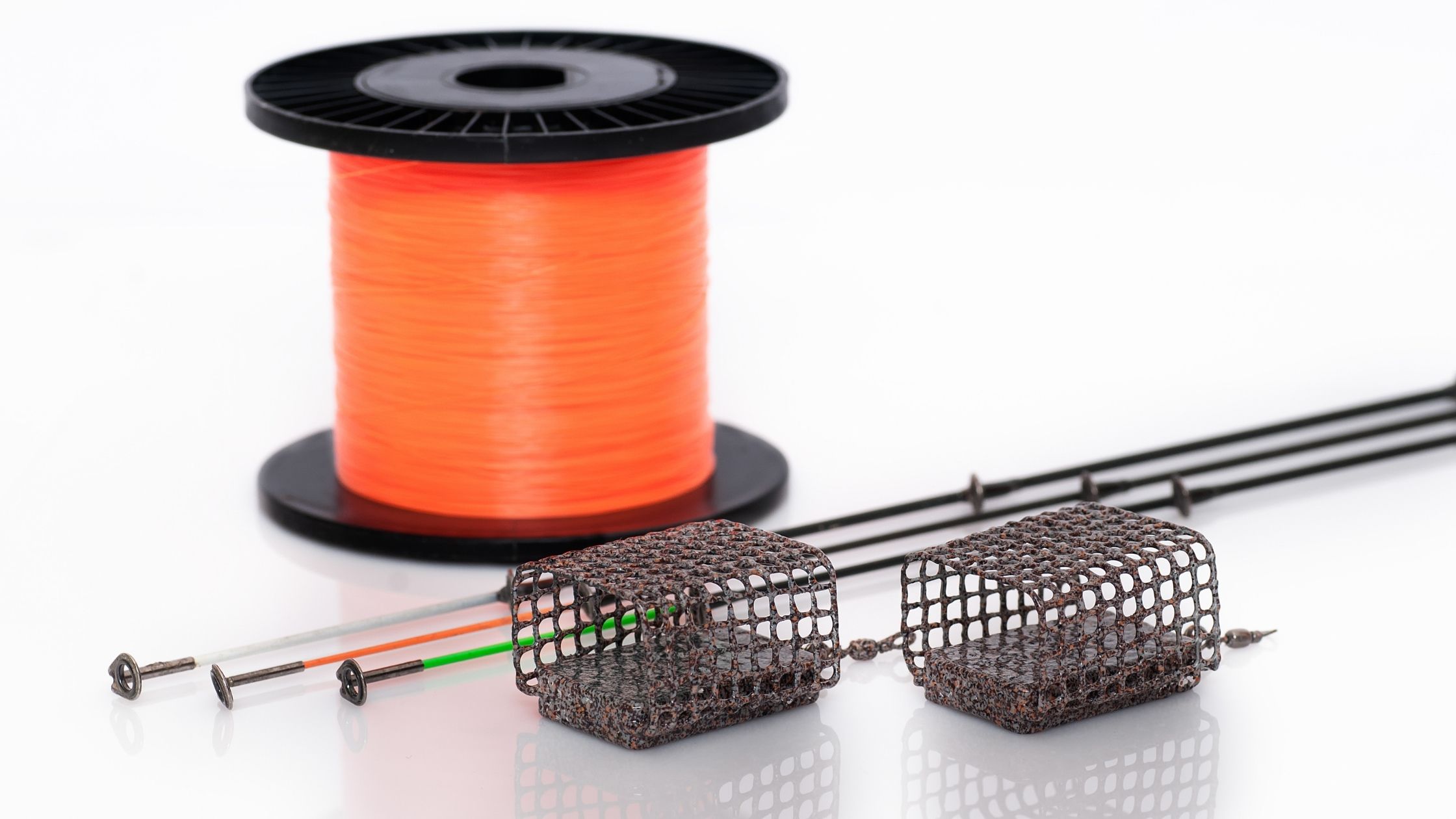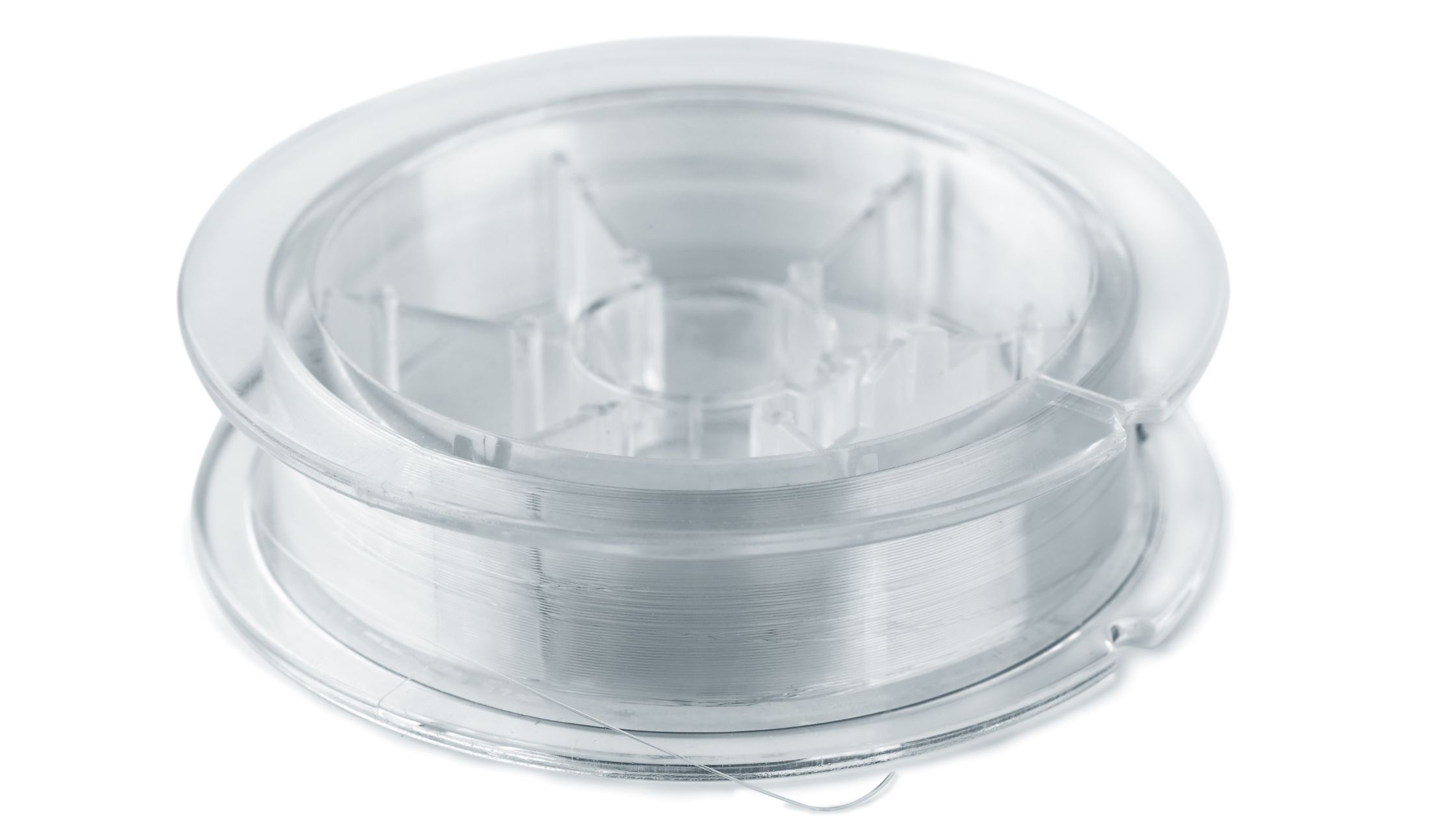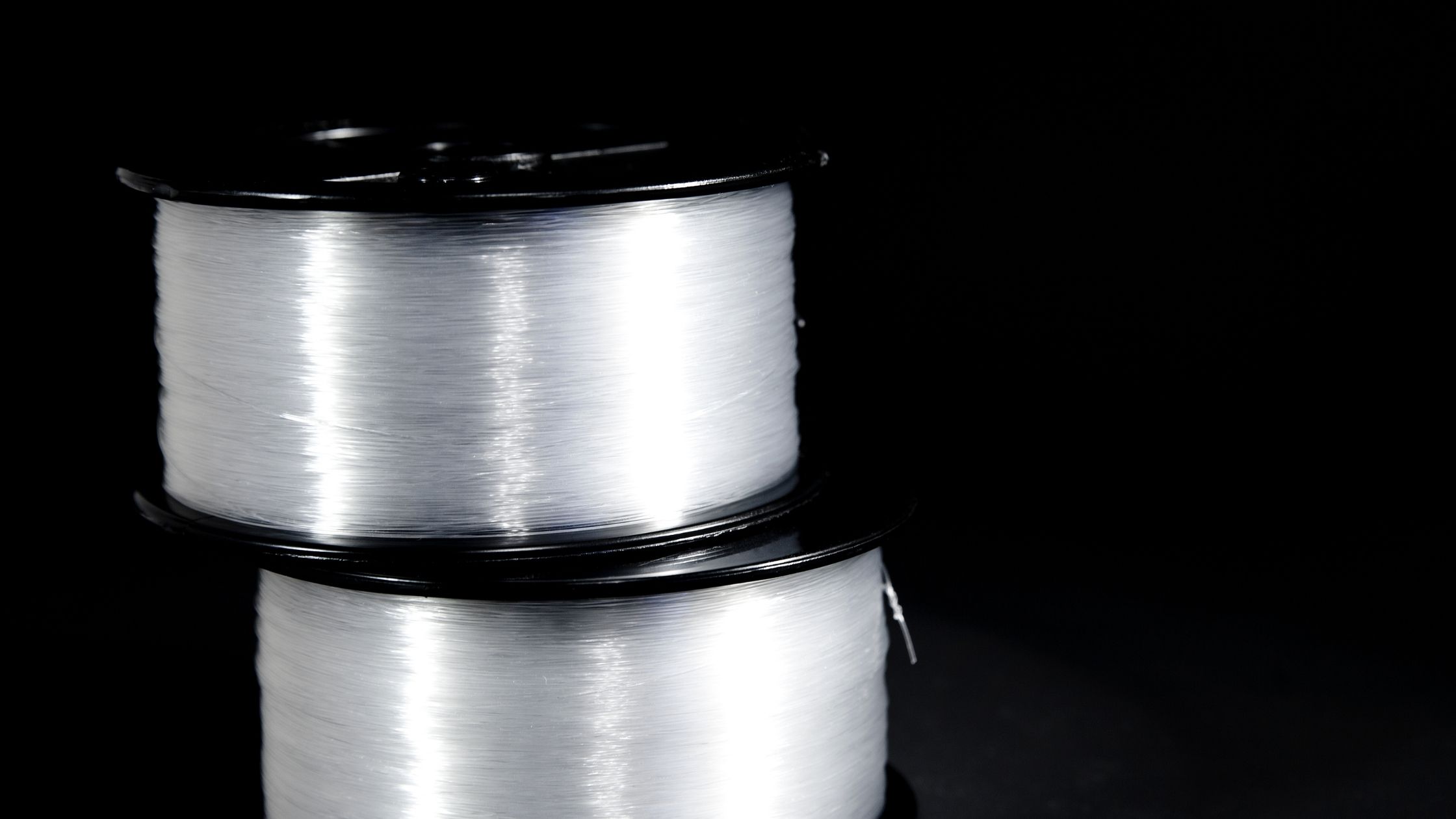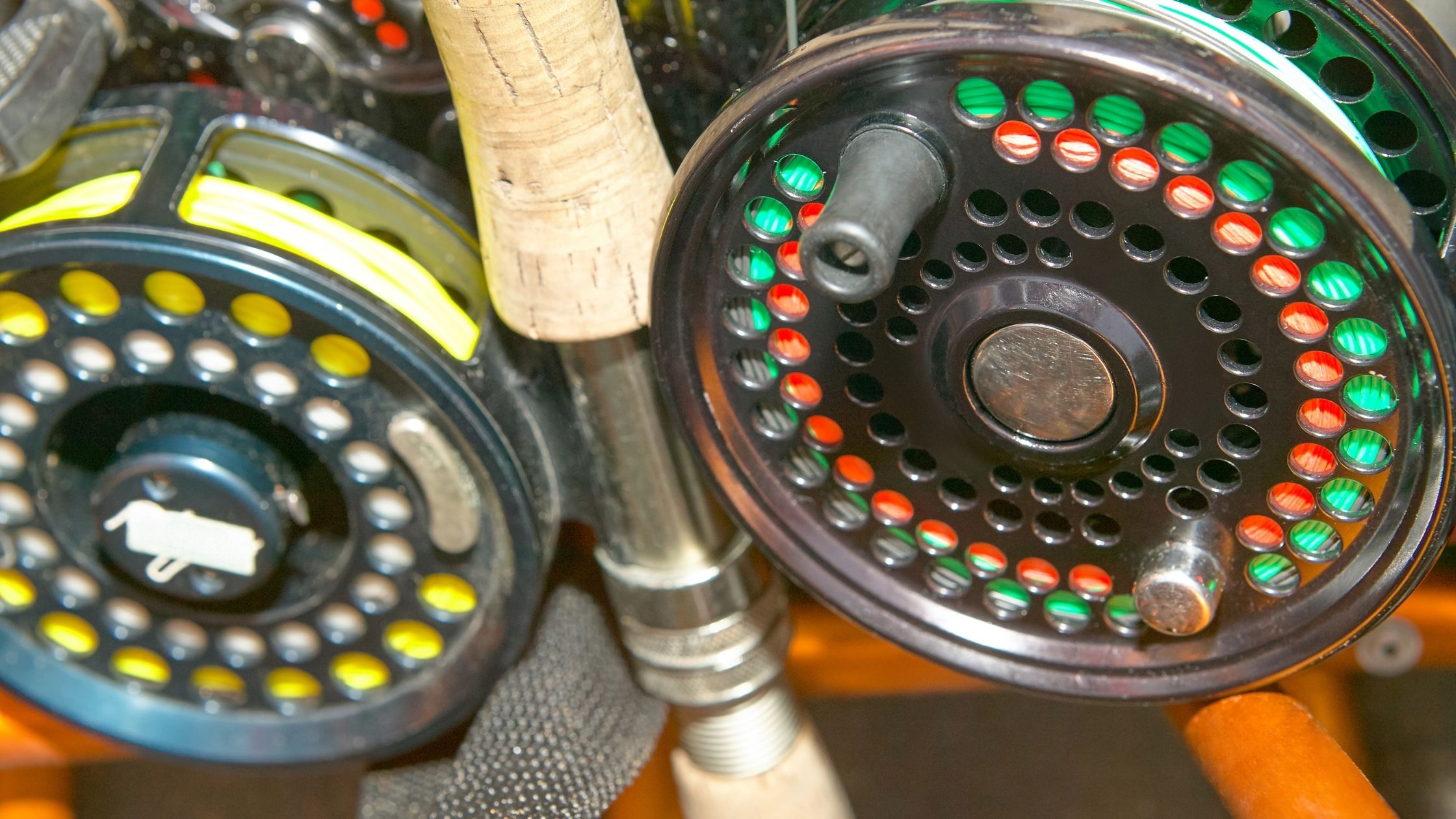Did you know that the right fishing line can improve your chances of catching that trophy fish? Choosing the right type of fishing line may seem easy enough to do. However, the more you learn about it, the more complex the choices will get. From the color of the fishing line to the material you choose, everything makes a difference. Read on to understand the different types of fishing lines and how they affect your fishing game.
How to Choose Fishing Line
Choosing the right fishing line is vital to success every time you cast your line. Here are some factors to consider when choosing a fishing line.
Fishing Line Strength
Understanding the strength of the fishing line is key to making the right decision. Fishing line strength is generally measured in pounds. It refers to the weight that the fishing line can effectively lift or handle before it breaks. Since you rely on the fishing line to reel in the catch, you need to make sure that you choose a firm line, even the big fish.
To do that, first, you need a good understanding of the species you are after, where you plan to fish, and the fishing conditions. For example, if you are fishing around an area with underwater structures, it is best to opt for a durable line. On the other hand, if you are fishing in an area with thick cover, it is best to stick to a fishing line that can handle more tension.
Fishing Line Color
When you are in the market for a new fishing line, you will likely come across fishing lines in nearly every color imaginable. Here it is important to mention that while fishing line color can make a difference, you can skip the hassle of learning all about it if you plan a fishing trip once in a blue moon. However, if you enjoy fishing frequently, it is best to take the time to learn about fishing line color.
Yellow: Brightly colored fishing line, such as yellow or neon fishing line, is great to spot movement on your fishing line.
Green: Green fishing line is an excellent choice if you are fishing in waters with a green tint. Due to the similar color, the line will be relatively invisible to the fish. However, if you are fishing in clear waters, the green line would be more visible. As a result, movement may scare the fish away.
Blue: Blue fishing line works the same way as a green line, depending on the color of the water. It is best to opt for a blue fishing line when fishing in blue waters.
Red: Red fishing lines are highly debated. It is said that red fishing lines blend completely underwater. However, others believe that red is as visible as black.
Similarly, different colors are used for different purposes. If you are serious about fishing and want to take your fishing game to the next level, it is recommended to learn about different color fishing lines and try the theories!
Fishing Line Material
Fishing lines are generally categorized based on material. Different types of fishing lines are available in the market. However, they are generally divided into three basic types: monofilament fishing lines, fluorocarbon fishing lines, and braided fishing lines. Read on to learn about these different types of fishing lines in detail.
Types of Fishing Line Options
Here are some of the most common fishing lines that you should know about.
Monofilament line

Also known as mono, monofilament fishing lines are the most common kind of fishing lines for both saltwater and freshwater fishing. They are also the cheapest and are readily available in the market. Generally, monofilament lines are clear or colorless. However, you may also find colored monofilament lines in sporadic cases.
One reason why monofilament lines are popular among novice fishers is that it is easy to cast. It comes off the spool easily and does not tangle as much as other common types. Another important thing to keep in mind is that the monofilament fishing line has more buoyancy than other fishing lines.
They also stretch more than other options available. The stretching factor of the fishing line can act to your benefit. Depending on the type of fish and how they resist, having more stretch in the line can help keep the fish hooked. They also make the perfect saltwater fishing lines.
The only downside to monofilament fishing lines is that they degrade easily when exposed to heat or left in the sunlight. Plus, they can get stretched out after long fights with the fish.
Braided Fishing Lines

Braided fishing line is the newest addition to the types of fishing lines. The most distinctive feature of a braided fishing line is its much smaller diameter than monofilament lines for the same pound test. The smaller diameter allows you to roll more fishing lines on the spool of the fishing reel.
Moreover, it performs exceptionally well when it comes to casting. The smaller diameter also means less resistance in the water. For all these reasons, a braided fishing line makes an excellent choice for when you want to cast further or deeper in the water.
It is also important to note that these fishing lines tend to sink faster than monofilament fishing lines under pressure due to their slim profile. Plus, they are rather abrasive, which means they can cut through vegetation.
However, a braided fishing line may not be the best choice for fishing near hard structures, such as docks, reefs, and piers, as they tend to get damaged on hard surfaces. They are also more expensive and can be tricky to handle. Regardless, they last longer, which is a plus point.
Fluorocarbon Fishing Lines

Fluorocarbon fishing lines are the third commonly used fishing line. The defining feature of these fishing lines is that they allow light to pass through them instead of reflecting it. As a result, these lines are less visible to the fish, increasing your chances of catching the trophy fish. They work especially well in clear waters.
Secondly, these fishing lines have a high abrasion resistance. In other words, they do not get bitten through as easily as other types of fishing lines. Plus, unlike braided fishing lines, your fluorocarbon fishing line won’t get damaged around hard surfaces.
Fluorocarbon fishing lines are also more expensive than their mono counterparts. However, they are generally used in smaller lengths, so the spool lasts longer. Instead of acting as the mainline, it is often used with other types of fishing lines to form feet at the end of the line only.
Copolymer Fishing Lines

Copolymer fishing lines are a blend of two different types of nylon fishing lines. They are generally less stretchable as compared to monofilament lines. However, they are highly abrasive – even more than fluorocarbon fishing lines. Plus, casting is easy, and there is less risk of tangling.
A copolymer is also more sensitive yet stiffer. As a result, anglers can easily detect even the lightest of the bites. While it is generally more expensive, more and more anglers discover the benefits and make the switch. However, keep in mind that these lines are still nylon-based. Therefore, it can get damaged in the sun or if exposed to heat.
Fly Fishing Line

Fly fishing lines are specially designed for fly fishing. Fly fishing is much different than traditional fishing. Therefore, it makes sense to use fishing lines that are better suited for the purpose. Fly fishing lines are designed to transfer the casting energy from the rod through the line to the fly. The goal is to ”present” the cast to the fish. Fly fishing lines are available in different types and sizes. Two common types include the following:
Floating Fly Line: These fishing lines float from backing to the leader. If you are a beginner, this is the kind of fly fishing line you need.
Sinking Fly Line: These lines are designed to sink. The rate at which they sink varies depending on the line. These lines are primarily used when fishing at a particular depth below the water.
Final Thoughts on Types of Fishing Line
This brings us to the end of our guide on different types of fishing lines. The bottom line is that while every type has its own pros and cons, the best fishing line for you depends on your individual needs, circumstances. Depending on the type. We thought you’d find our different types of fishing lures story an exciting read.
Shop Now


